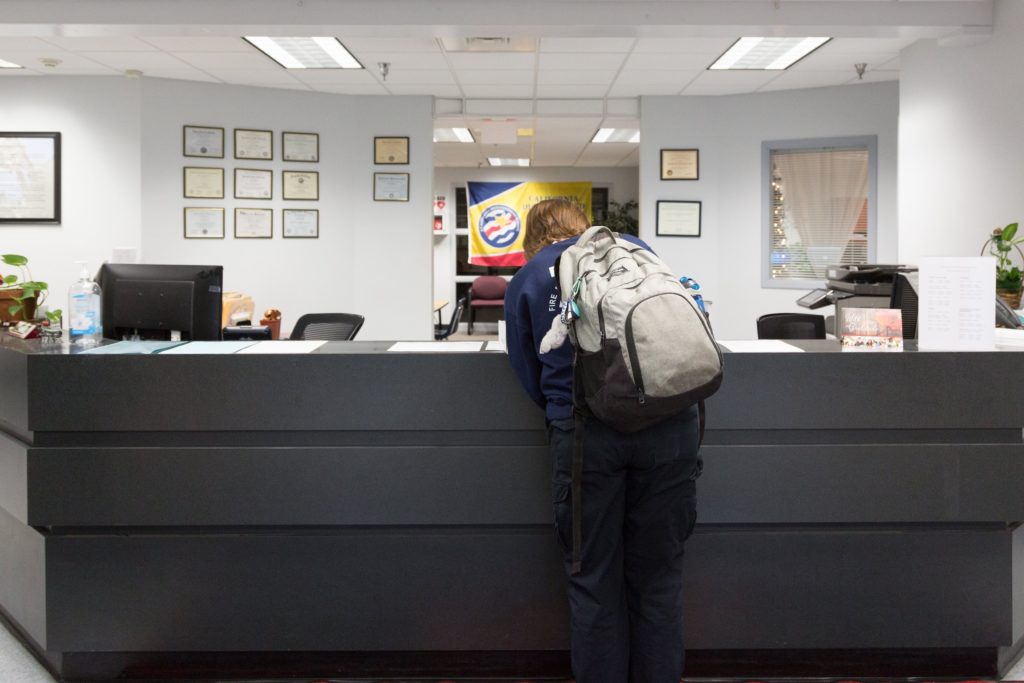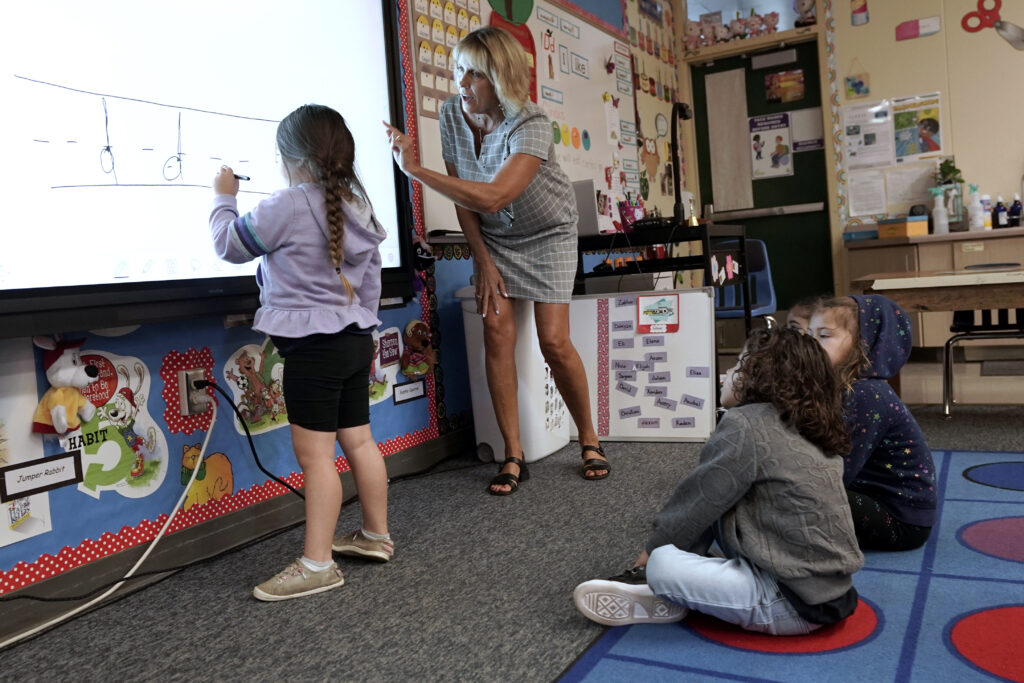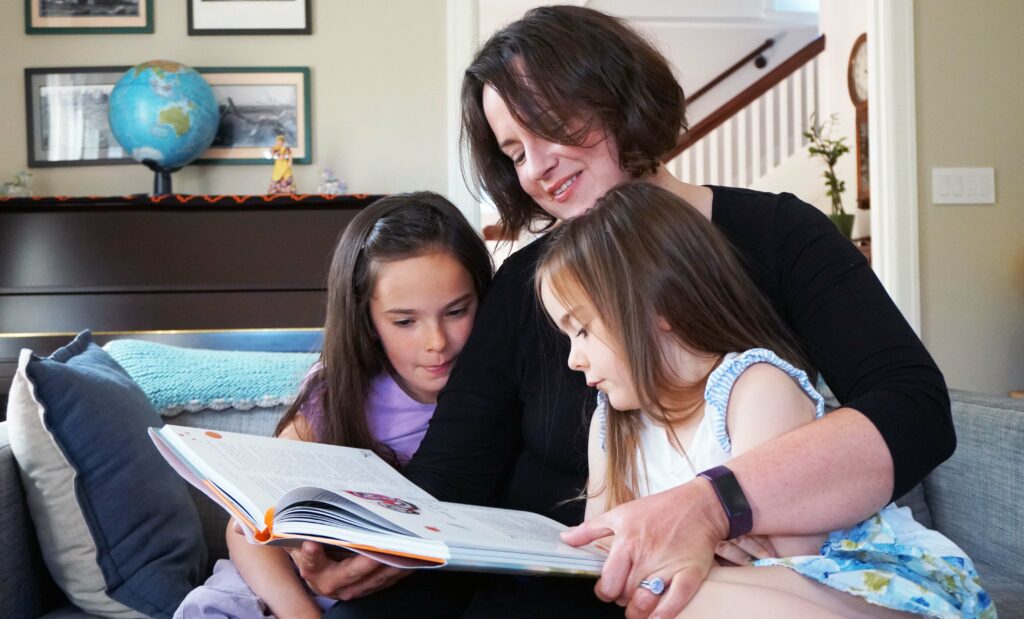
Credit: Julie Leopo / EdSource
California school superintendents have been leaving their jobs in large numbers this year. Many reached retirement age; others, tired of dealing with the aftermath of pandemic school closures, are retiring early or leaving for other jobs or business opportunities. Some are just looking for a change.
Then there are the superintendents who, having put off plans for retirement to help districts through pandemic closures, now finally feel comfortable enough to leave.
The result: a turnover of superintendents, with older, more experienced veterans being replaced by new, less experienced leaders.
EdSource interviewed five California superintendents who either recently left or are leaving their jobs, to better understand what compelled them to step down.
Covid, threats push Chris Evans to early retirement

Former Natomas Unified Superintendent Chris Evans has been the target of multiple personal threats in recent years, but in September 2021, the hateful rhetoric grew so intense that the school board agreed to pay for security for his home.
A school board meeting in September 2021 was abruptly canceled during public comment because of the raucous behavior of some in the audience.
Parents and members of the Sacramento community were upset about comments made by an Inderkum High School teacher who was secretly recorded claiming he kept an antifa flag in his classroom and encouraged his students to protest, according to media reports.
Evans announced at the meeting that the teacher had been put on paid leave pending an investigation.
“Following the Sept. 1 meeting, each trustee and Chris received numerous — 150-plus — disturbing emails that were forwarded, I believe, to local and federal law enforcement agencies,” said Susan Heredia, Natomas Unified board president.
“People would show up in front of my house, take pictures, speak to my children,” Evans said. “They would call the district and say they were headed to my house and would be intercepted going to my house.”
Last June, Evans stepped down from his position as superintendent at age 52, after 11 years leading the district. He had planned to retire at 55. He blames his early departure on the Covid-19 pandemic.
“For me, Covid did it,” Evans said. “Covid and everything that came from that — the politics of it. It was exhausting. That took two years off my career.”
Evans is still working in the district temporarily, helping first-time Superintendent Robyn Castillo transition to her new role. After that, he will focus on his new endeavor at Action-Oriented Leaders, an education consulting firm that focuses on helping superintendents and school boards problem-solve and troubleshoot, he said.
Brett McFadden opted for a quieter job closer to home

Brett McFadden, 55, left his job as superintendent of Nevada Joint Union High School District in Grass Valley after the 2021-22 school year, primarily to be closer to his home in Aptos with his wife, an administrator at Monterey Peninsula Unified School District.
He was superintendent at Nevada Joint Union for four years before accepting a job as a deputy superintendent at the Monterey County Office of Education.
It was difficult being a school superintendent during the Covid-19 pandemic, McFadden said. Nevada Joint Union High School District, like others in the state, had contentious school board meetings that centered on issues like masking, vaccines and the teaching of critical race theory.
“We went from board meetings that were not that well attended to board meetings that would have 300-plus people because of one particular contentious issue,” he said.
The community had a long history of treating everyone respectfully before the pandemic, but that changed within months, McFadden said.
“We lost empathy and grace,” McFadden said.
There also was a sharp increase in vitriolic comments from the community, he said.
“You know you can take those with a grain of salt, but when you hear 30 or 40 of them, and then you’re accused of not caring about kids, or destroying the education of kids or destroying kids’ lives after you’ve committed your entire career and your entire sense of being as a human being, as a professional, to fostering students’ lives and opportunities, that takes a toll on people,” McFadden said.
Despite the difficulties of the last few years, McFadden misses working at a school district. He expects he’ll return to one in some capacity someday, although he isn’t sure when.
Normalcy and ‘the sweet spot’ entice Brian Dolan to retire

Dixon Unified Superintendent Brian Dolan, 62, has reached the “sweet spot” — the age where superintendents begin to reap the best retirement benefits. He’ll retire after this school year.
Although Covid-19 took the fun out of the job for a while, Dolan is glad he stayed long enough to see things almost return to normal.
“If I were at retirement age, just coming out of Covid, I would’ve needed to work another year just to put a little shine back on the apple,” he said.
Three of the six districts in Solano County had their superintendents retire in the last three years, Dolan said.
“None of us are going out early, but all of us are going out as early as we can,” he said.
Other than some discontent during Covid-19 school closures, Dixon’s school board meetings haven’t had the drama seen in many other districts, Dolan said. They haven’t been contentious and Dolan hasn’t been threatened. But he acknowledges the jobs of all school employees have become harder.
Dolan has spent a quarter-century of his 35-year career at Dixon Unified School District — 13 as its superintendent. He still finds delight in talking to students who recognize him on the street or when he answers his door on Halloween. The youngest ones pronounce his name Mr. Donut.
“Wow. I wouldn’t change a thing for myself, because there are so many good things to come out of this as well, but it’s hard work,” Dolan said.
He doesn’t plan to sit out for too long — probably just the six months required by the state. Dolan sees himself doing administrative coaching or support, or working with student teachers in the future.
Cathy Nichols-Washer pushed back retirement until things got better

Cathy Nichols-Washer, 60, stayed at the helm of Lodi Unified School District in northern San Joaquin County longer than she thought she would. After 15 years, she was the longest-serving superintendent in the district’s history when she retired at the end of last school year.
Like many superintendents, Nichols-Washer didn’t have the heart to follow through with plans to retire two years earlier, because the Covid-19 pandemic changed her plans.
“I just didn’t feel right leaving the district in the midst of all that,” she said. … “So I stayed, and then, after Covid was over and we kind of got things — I’m not going to say back to normal, but back to a place that felt good and comfortable — you know, on a good track again, then I felt comfortable leaving.”
During the pandemic, superintendents had to manage the district and get their job done, while dealing with the negativity directed at them at board meetings, on social media and through emails. Nichols-Washer found it particularly difficult to explain to the community why state Covid regulations were changing weekly, if not daily.
To make matters worse, everyone had a different opinion about the dangers of Covid, she said. Some staff members were afraid to come to work and some parents were afraid to send their children. Others were fighting every regulation, refusing to wear masks, choosing not to be vaccinated, said Nichols-Washer.
“And then there was anger, because people felt so strongly about the issue that it came out, in many cases, in a very aggressive manner,” she said. “And so board meetings got very contentious, packed board meetings, people yelling and screaming, unruly.”
Nichols-Washer understands why so many superintendents leave as soon as they reach retirement age. “You can’t blame them,” she said.
Gregory Franklin moved from Tustin Unified to professor post at USC

Gregory Franklin, 61, retired as superintendent of Tustin Unified School District in Orange County in the middle of the 2021-22 school year to be a professor of education at the University of Southern California, a position he says doesn’t come around often.
Franklin said he could have started working at the university at the beginning of the school year, but he wanted to allow the school board to find a replacement without having to get an interim superintendent.
He has nothing but good things to say about the Tustin Unified school board, which he says puts the education of children first. He was superintendent of the school district for 10 years.
“There was a position that came open, and I applied for it,” Franklin said. “I was pretty close to retirement anyway, so I probably left maybe a year or two earlier than I would have otherwise.”
Being a superintendent has always been a hard job, but it became much harder after the pandemic school closures and the “really brutal politics at the district level” that followed, he said.
Anger at school closures morphed into anger at masking and other Covid regulations.
After the 2020 murder of George Floyd in Minneapolis, school districts took a look at what they were doing to contribute to the inequity, Franklin said. Schools started to diversify the range of novels and authors available in school so that students could see characters in stories that had similar backgrounds and family structures as their own, but that also made some people angry, he said.
Then LGBTQ+ rights and students’ right to privacy about their gender decisions bumped up against parental rights, making more people angry, he said.
“And so we had one thing after another, really starting in May 2020, that has spun things up,” Franklin said. “The number of irate speakers who come to school board meetings now to berate the superintendent, the school board, and school leaders — it’s hard for people. “





